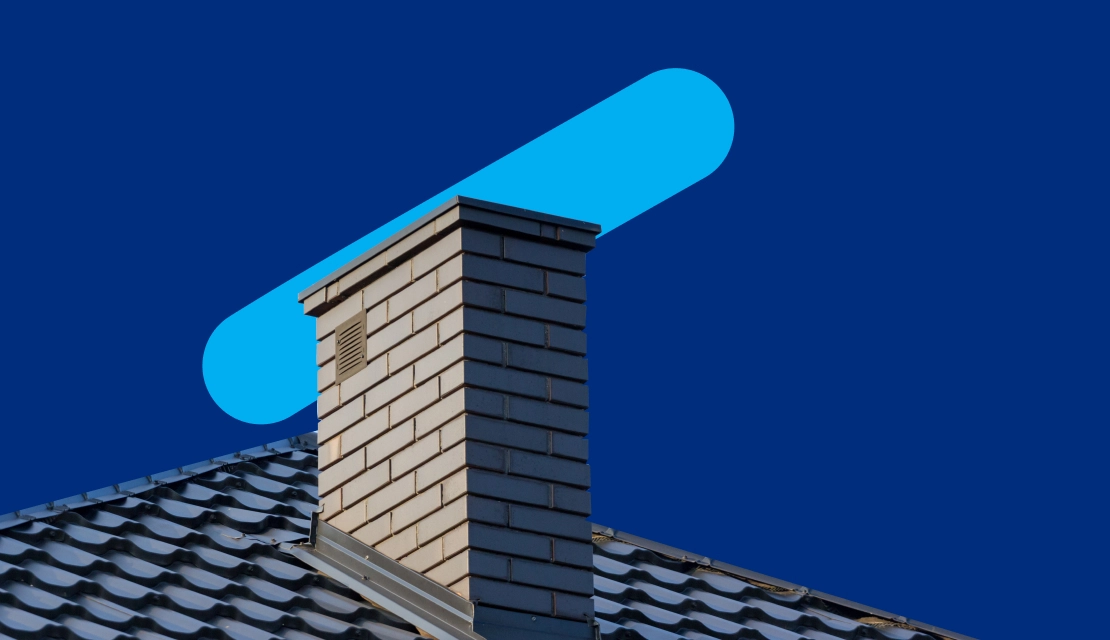
The fire looks beautiful. The chimney seems fine. But looks can be deceiving. Without regular chimney maintenance, you are rolling the dice with your safety every time you light a fire.
The fireplace glow shouldn’t come with worry.
From creosote buildup to hidden cracks and blockages, chimneys can develop all sorts of problems if left unchecked. And these problems don’t just stay up top; they creep into your living room, your air, and even your wallet.
And before you know it, your cozy fireplace becomes a risk to your home and your health. So, how do you keep your chimney safe, clean, and efficient?
That is exactly what this guide is here for. Here, you will get to know everything you need to stay one step ahead of issues.
So, are you ready to keep those winter vibes strong and safe all year long? Let’s begin.
Your chimney is the silent workhorse of your fireplace. It deals with heat, smoke, and soot every time you light a fire. But without regular maintenance, things can go from cozy to dangerous real quick.
Every time you burn wood or use your gas fireplace, byproducts like creosote and carbon residue start building up. Creosote is especially sneaky; it’s flammable and clings to the walls. If it’s not cleaned out, it builds up over time and increases the chances of a fire.
And if you have a gas fireplace, don’t assume you are off the hook. Carbon monoxide can sneak into your home if the chimney isn’t venting properly.
A blocked or damaged smokestack can also affect how well your fireplace heats your home. If airflow is restricted, you will burn more fuel for less warmth, which basically wastes your money. Also, poor ventilation can mess with your indoor air quality, which can trigger respiratory issues or allergies.
So, whether you own or rent your home, chimney maintenance isn’t an optional chore; it’s an absolute must. It keeps your fireplace running smoothly and safely while avoiding costly repairs down the road.
Your chimney works hard to keep your home warm and safe, but it needs a little care in return. Here are nine simple yet essential maintenance tips to keep it in good condition and help avoid hazards through every season.
Dusting out your fireplace on a regular basis can help you avoid heavy buildups that lead to vent issues. If your fireplace is a daily companion during colder months, aim for a weekly clean. And, if you are more of an occasional user, monthly cleanup works just fine.
Just be sure the fireplace is completely cool, give it at least 36 hours before touching anything. Lay down a tarp to catch the mess, throw on some gloves, and scoop out the ashes into a metal container. Once it’s all cool to the touch, you are good to toss it.
Rain, snow, and even humidity can be bad news for your chimney. If moisture finds its way in, it can weaken bricks, encourage mold, and even impact the surrounding walls and floors. Hence, waterproofing is very much necessary to prevent this. You can start by applying a good water-repellent sealant to the exterior, as this keeps the masonry protected while still letting the smokestack breathe.
Next, take a closer look at what is covering the top. If you have a prefabricated chimney, check the chase cover. If it’s the original galvanized steel kind, it might be rusting, swap it out for a rust-resistant stainless steel or copper one. For masonry chimneys, make sure the concrete crown is in solid shape and properly sealed at the top.
And don’t forget the flashing, the metal where the vent and roof meet. If it’s cracked or coming loose, water can easily find its way in. Regular inspections and routine chimney maintenance can stop leaks before they start.
A chimney cap serves as your fireplace’s helmet by blocking rain, debris, and even curious critters from sneaking inside. Further, it helps maintain proper airflow.
If you have trees nearby, you need to trim the branches. Not only do they pose a risk during storms, but dry leaves falling into the smokestack can create a fire hazard. So, keep branches trimmed at least two feet below the chimney’s height to avoid such mishaps.
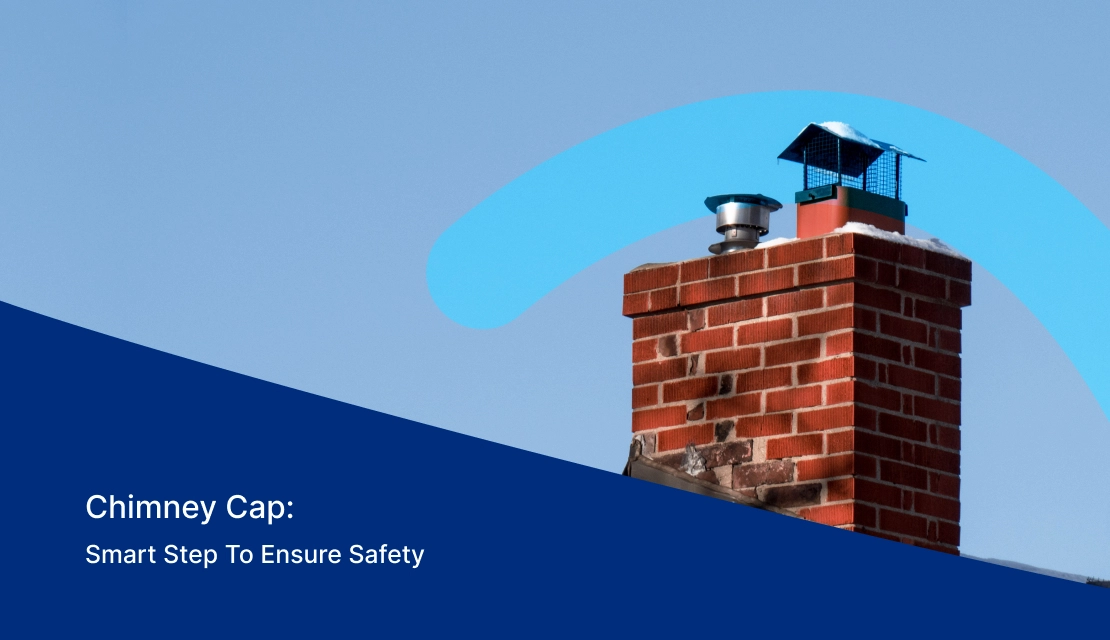
Over time, your chimney’s bricks and mortar joints can start to crack or loosen, creating easy access for moisture. If you notice gaps or crumbling areas, you might need tuckpointing. It is a repair method to restore the structural integrity.
Adding a waterproofing layer afterwards gives your chimney the added protection it needs to resist future water damage. A simple fix now can save you big trouble later.
Not all firewood is good firewood. If your goal is fewer cleanings, choose your firewood wisely. Hardwoods like beech, birch, and oak give you a cleaner, longer burn with minimal residue.
Softwoods like spruce or cedar burn fast and leave behind more creosote. Keep your firewood stacked off the ground and under cover so it stays dry. Burning damp wood is a surefire way to gunk up your chimney.
Your fireplace damper helps block unwanted moisture when you are not using the chimney, which keeps things dry and protected. It’s simple but essential: open it before lighting a fire, close it after the embers have gone cold.
However, don’t rush it because shutting it off while things are still burning is a big no-no. If the idea of operating your damper sounds confusing, a quick chimney anatomy refresh won’t hurt.
A quick glance at your chimney won’t always reveal what is going on inside. Hidden issues can appear over time, which is why chimney maintenance and repair are important. Scheduling a professional chimney inspection once a year is key to keeping your home safe and your fireplace in top shape.
There are three types of inspections to consider, depending on your chimney’s condition:
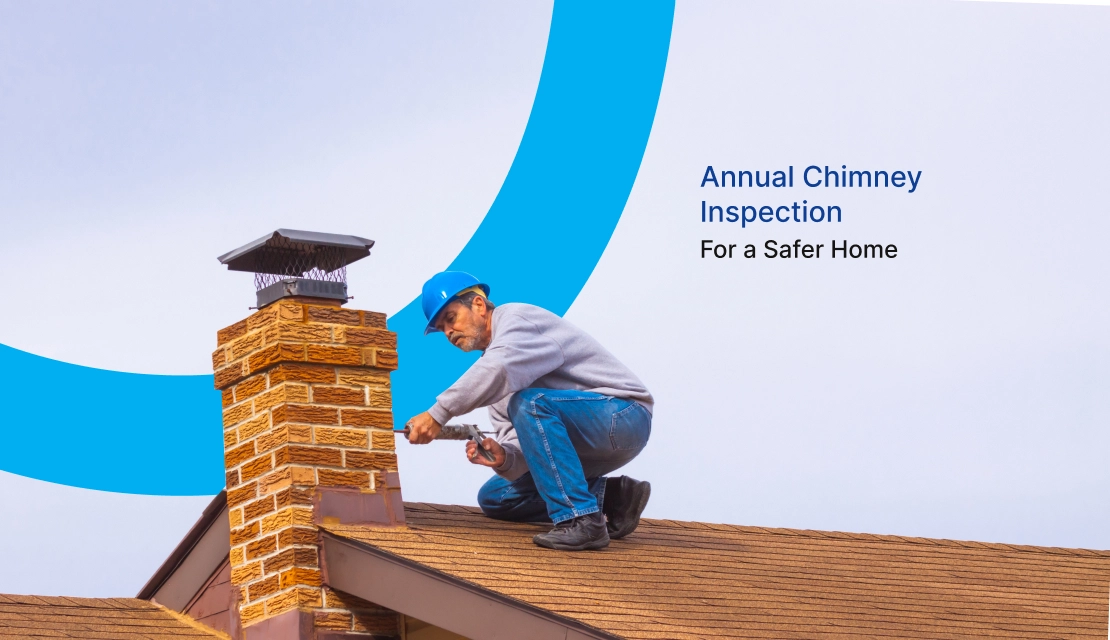
The Chimney Safety Institute of America (CSIA) and experts all around agree: you should have your fireplace cleaned and inspected annually. It is even more important if you spot any glazed creosote build-up. The pros have been saying this for years, and we can’t emphasize it enough: regular chimney maintenance is vital to keep your fireplace safe.
If you use your wood-burning fireplace year-round, cleaning it 2-3 times a year might be necessary. The more often you use it, the more creosote will build up. Investing in regular cleaning and inspections can save you a lot more than just peace of mind!
As a homeowner, taking care of your chimney is your responsibility. Ensuring regular inspections and cleanings will keep your smokestack in good condition. If issues arise, like cracks or damage, you must handle the repairs. Familiarize yourself with local regulations, and be proactive about fireplace use.
The cost of cleaning typically falls between $130 and $380, with an average of around $255. Several factors influence the final price, including:
Gas fireplaces are generally more affordable to clean, as they leave behind less residue. On the other hand, wood-burning fireplaces are usually more expensive due to the buildup of creosote. The chimney maintenance cost can also rise if your roof is hard to access.
The “3-2-10 rule” for chimneys specifies that it must rise at least 3 feet above the point where it exits the roof on its shortest side. Additionally, the top of the chimney should be at least 2 feet higher than any part of the roof or structure within a 10-foot radius. This guideline helps maintain proper ventilation and draft while also ensuring that the smokestack does not interfere with surrounding roof components.
While you can clean it yourself, it’s best to hire a professional for safety and thoroughness. Professionals have the right equipment to remove creosote and check for cracks or damage safely. It’s also important to note that some insurance policies require professional certification for cleaning.
Yes, they do work. Auto-clean chimneys operate using a thermal process, typically with a heating element, to melt grease and oil deposits. Hence, they are effective in minimizing grease and grime accumulation. These deposits collect in a removable oil tray, simplify upkeep, and reduce the need for frequent manual cleaning.
If your fireplace isn’t working like it used to, it’s probably time for a cleaning.
Here are key signs to watch for:
Disclaimer: The information in this article is intended to provide guidance on the proper maintenance and care of systems and appliances in the home. Not all the topics mentioned are covered by our home warranty plans. Please review your home warranty contract carefully to understand your coverage.
Our blogs and articles may link to third-party sites that offer products, services, coaches, consultants, and/or experts. Any such link is provided for reference only and not intended as an endorsement or statement that the information provided by the other party is accurate. We are not compensated for any products or services purchased from these third-party links.

Don’t wait until it’s too late! Check out our current plans and get your free quote.
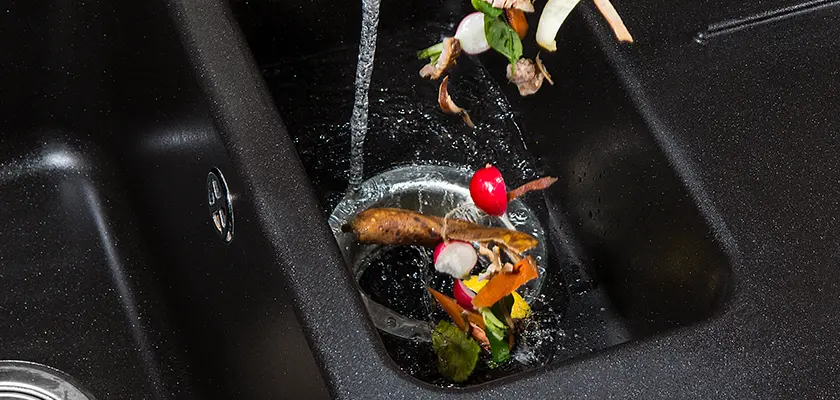
Household Tips
Garbage disposals are designed to shred food and other waste and keeping your kitchen pipes clean. Read More about 5 Signs It’s Time To Replace Your Garbage Disposal. For peace..
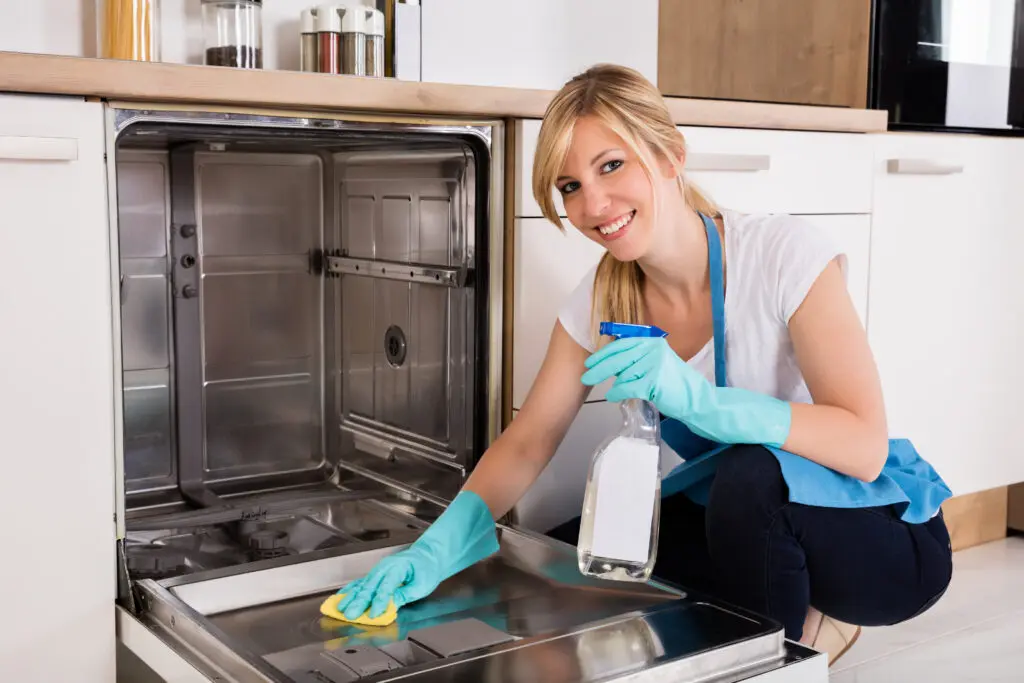
Household Tips
Your dishwasher puts in a ton of work throughout the year, saving countless hours you’d otherwise spend hand washing dishes. Of course, like most home appliances, dishwashers need routine cleaning..

Home Warranty
When we consider the happiness of our homes, no one wants to worry about sudden accidents. The best home warranty will cover your most important appliances and systems so you..